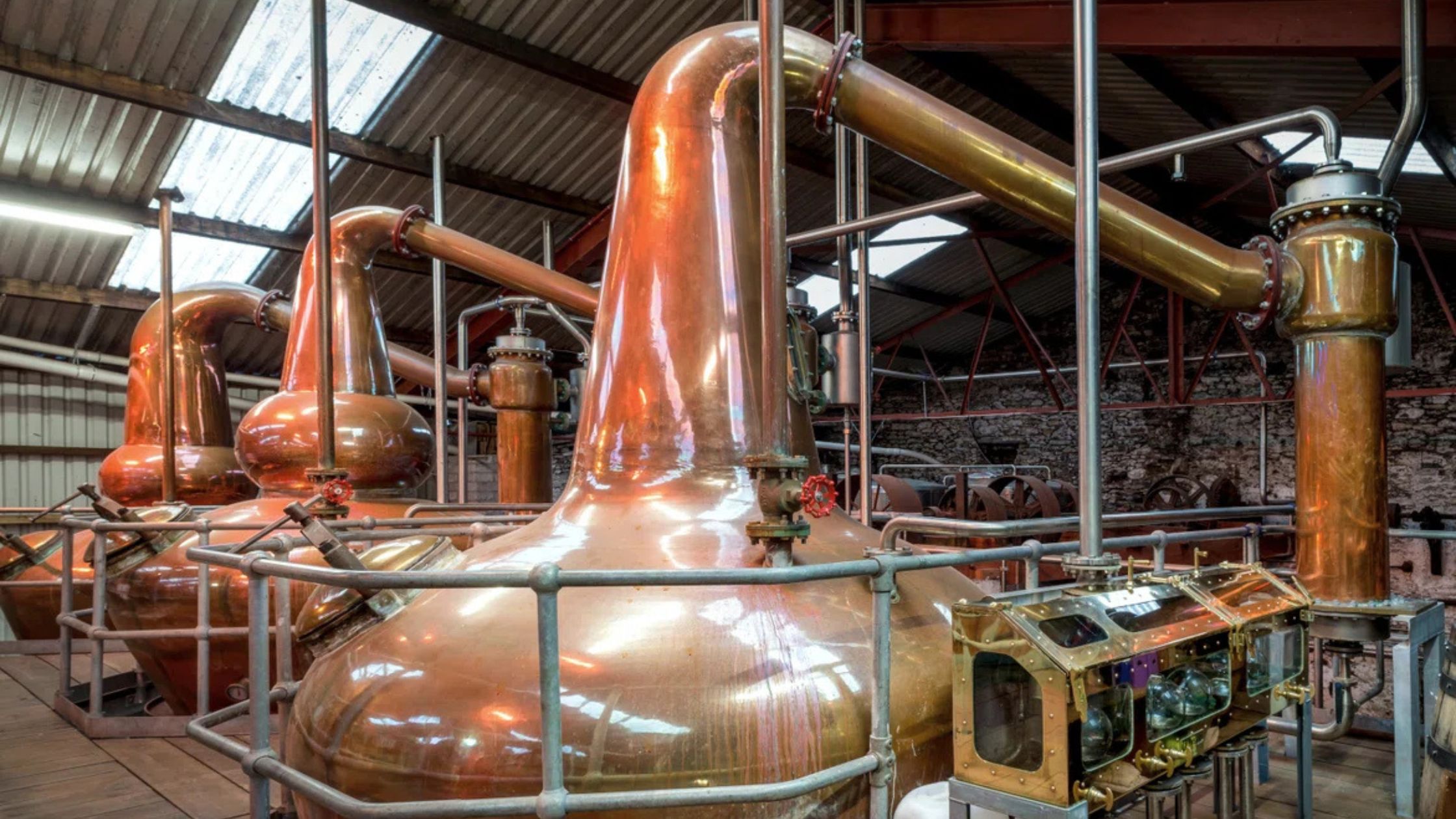History of Whisky: From Monastic Roots to Global Fame
2025-06-03


Whisky distillation is one of those things that seems simple on the surface—heat, copper, spirit—but the truth is far more layered. Over time, a handful of myths have embedded themselves in how people talk about whisky production. Some are oversimplified, others are outdated, and a few are just plain wrong. This article breaks down seven of the most persistent distillation myths, backed by real-world examples and the actual science behind the stills.
It's easy to assume that height alone dictates the final whisky character. After all, Glenmorangie uses the tallest stills in Scotland and produces notably light, floral spirit. But still height is just one ingredient in a very complex recipe.
Other factors influencing spirit character:
Real-world example: Talisker has tall stills too, but uses a downward-sloping lyne arm and worm tubs, resulting in a bold, peppery whisky. So no, tall doesn’t always mean light.
Key takeaway: Height helps, but it’s how you combine all parts of the system that really shapes flavour.
Worm tubs are old-school and cool spirit vapours quickly, which reduces copper contact. That often leads to a meatier, slightly sulfury new make spirit.
But not all worm-tub whiskies are heavyweights.
What else matters?
Compare: Mortlach and Craigellachie embrace the worm tub's impact. Dalwhinnie uses them too, but its spirit is light, almost floral.
Key takeaway: Worm tubs are one factor. Don’t treat them like the deciding one.
This one persists because it sounds logical. More distillations = more purity = smoother spirit. But "smooth" is vague. It might mean less harsh, but it doesn’t mean better.
What triple distillation really does:
Example: Hazelburn is triple distilled at Springbank, yet it retains a firm, dry backbone with plenty of texture. It’s not overly soft or rounded.
Key takeaway: Triple distillation isn't a magic spell. Smoothness is subjective—and it depends on much more than just how many times you distil.
This one’s both snobby and outdated. Pot stills are great for building character in small batches. But that doesn’t make column stills second-rate.
Column stills offer precision and consistency. When used right, they can produce nuanced, elegant spirits.
Examples worth noting:
Key takeaway: It’s not pot vs. column. It’s how skilled the distiller is with either.
Nope. Wash stills deserve more love. They do the heavy lifting in defining the body and character of the final whisky.
Why wash stills matter:
Key takeaway: You can’t distil flavour that never made it through the wash still. Don’t overlook the first run.
Read also: History of Whisky: From Monastic Roots to Global Fame
Reflux is about vapor condensing and falling back into the pot. Yes, the neck matters. But it’s not the only place where reflux happens.
Where else reflux occurs:
Key takeaway: Reflux is a system-wide phenomenon. It can be engineered in many ways.
Copper does help strip sulfur compounds, which is vital for clean, fruity spirit. But it does a lot more.
Copper also:
Too little copper contact: You risk rubbery, sulfurous, vegetal notes.
Too much contact: You can strip out body and texture.
Key takeaway: Copper is a partner in the process, not just a filter. Its role is dynamic.
Myths like these don’t just mislead; they flatten the story of whisky into something far less interesting. The real joy of whisky lies in the details—the quiet variables that distillers obsess over and the unexpected combinations that yield magic in the glass.
If you're serious about understanding whisky, ask questions. Stay curious. And always, always take marketing claims with a generous pinch of salt.
Read also: Why Bourbon Casks Deserve More Respect in Whisky Maturation